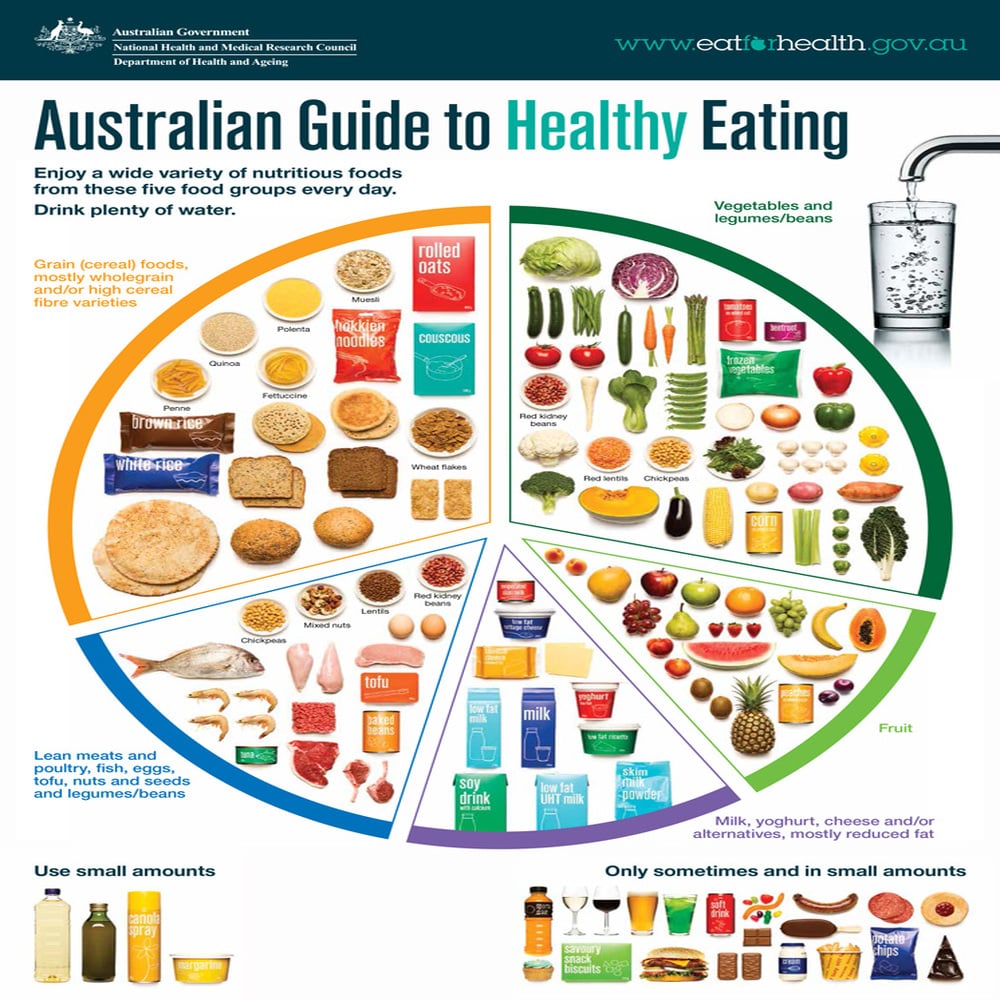

Key dairy foods are milk, cheese and yoghurt. Grain foods with a low glycaemic index, like wholegrain pasta and breads, will give your child longer-lasting energy and keep them feeling fuller for longer. These foods give children the energy they need to grow, develop and learn. Grain foods include bread, pasta, noodles, breakfast cereals, couscous, rice, corn, quinoa, polenta, oats and barley. If your child sees you eating a wide range of vegetables and fruit, your child is more likely to try them too. You can help by being a healthy eating role model.

Many children seem to be ‘fussy’ about eating fruit and vegies.
FIVE KEY FOOD GROUPS SKIN
Wash fruit to remove dirt or chemicals, and leave any edible skin on, because the skin contains nutrients too. This includes fruit and vegies of different colours, textures and tastes, both fresh and cooked. These nutrients help to protect your child from diseases later in life, including diseases like heart disease, stroke and some cancers.Įncourage your child to choose fruit and vegetables at every meal and for snacks. Fruit and vegetablesįruit and vegies give your child energy, vitamins, anti-oxidants, fibre and water. That’s why we need to eat a range of foods from across all five food groups. Sample MyPlate Plan available at ChooseMyPlate.Healthy food for school-age children includes a wide variety of fresh foods from the five food groups:Įach food group has different nutrients, which your child’s body needs to grow and work properly. To learn more about MyPlate and to find out when new resources are available, follow on Facebook or Twitter and sign up for MyPlate email updates at /govdelivery. For example, there are activity sheets, games, videos, and songs for children activities for families healthy eating on a budget resources and MiPlato tipsheets and resources for Spanish speakers. Plus, MyPlate offers audience-specific resources as well. Americans are encouraged to choose foods in their most nutrient dense forms as often as possible, to keep added sugars and saturated fat intakes each below 10 percent of total calorie intake.Ĭ offers numerous food group-based nutrition education resources, including tip sheets, videos, food group quizzes, infographics, and more. Each pattern also includes a limited number of calories (8-19%) that can be used in other ways, such as small amounts of added sugars and saturated fats. The USDA Food Patterns specify targets for each food group in cup equivalents (for Fruits, Vegetables, and Dairy) and ounce equivalents (for Grains and Protein Foods). By eating recommended amounts, individuals can meet their nutritional needs without having to track dozens of individual nutrients. These patterns are developed using food pattern modeling. The USDA Food Patterns provide the recommended amounts of each food group and subgroup at 12 different calorie levels, ranging from 1,000 to 3,200. For example, it’s much easier to try to eat two cups of fruit a day than 75 milligrams of vitamin C and 25 grams of fiber. Food groups simplify dietary recommendations by focusing on foods instead of nutrients. Click to enlarge the imageĪs nutrition science has progressed over time, scientists have discovered vitamins, minerals, and other components that make up our foods, and surely, there are more yet to be discovered. MyPlate food groups, subgroups, and sample foods table. For example, the subgroups within the Grains Group encourage whole grains, which provide more fiber, magnesium, and zinc than refined grains. Some of the food groups are broken down further into subgroups to emphasize foods that are particularly good sources of certain vitamins and minerals. Each food group includes a variety of foods that are similar in nutritional makeup, and each group plays an important role in an overall healthy eating pattern. (While oils are not a food group, they are emphasized as part of a healthy eating pattern because they are a major source of essential fatty acids and vitamin E).
FIVE KEY FOOD GROUPS PLUS
The 2015-2020 Dietary Guidelines for Americans emphasizes the importance of an overall healthy eating pattern with all five groups as key building blocks, plus oils. Now that the back-to-school season is settling down, the nutritionists at MyPlate are offering a back-to-basics refresher lesson on the food groups.Īs the MyPlate icon shows, the five food groups are Fruits, Vegetables, Grains, Protein Foods, and Dairy. Kids today learn about the food groups from MyPlate.

MyPlate food guidance symbol is used to teach nutrition in schools.ĭo you remember learning about the food groups in school? You may have been taught using the Food Wheel, Food Guide Pyramid or MyPyramid depending on your age.


 0 kommentar(er)
0 kommentar(er)
